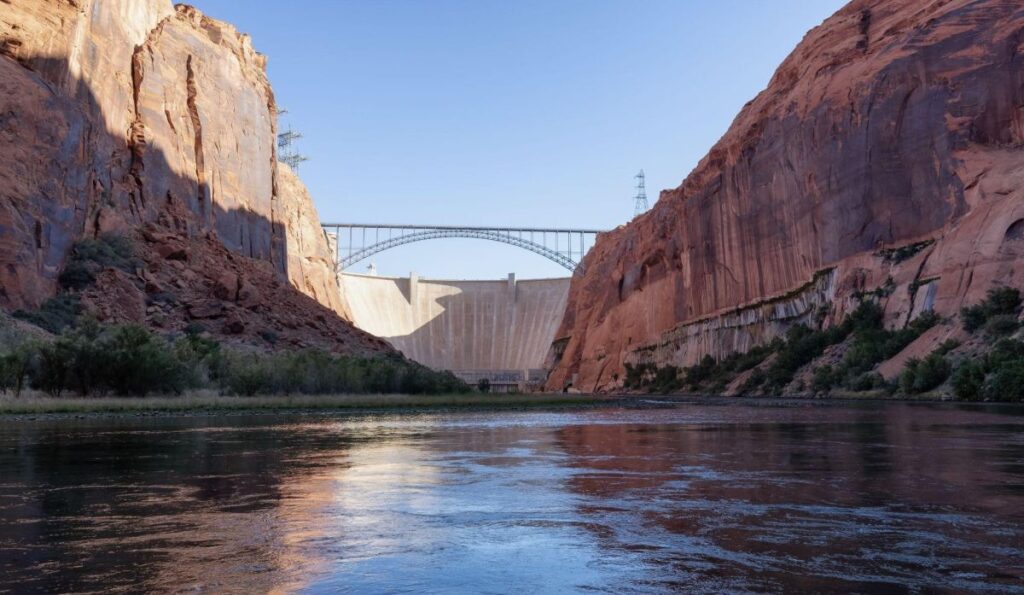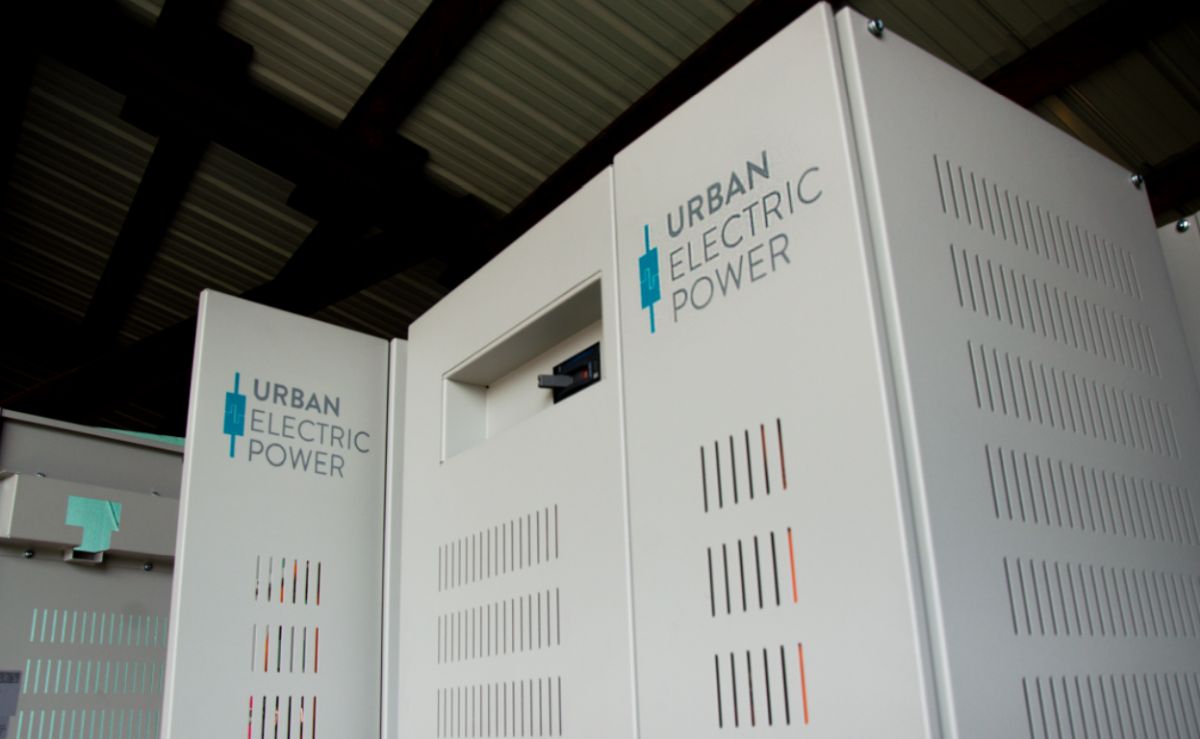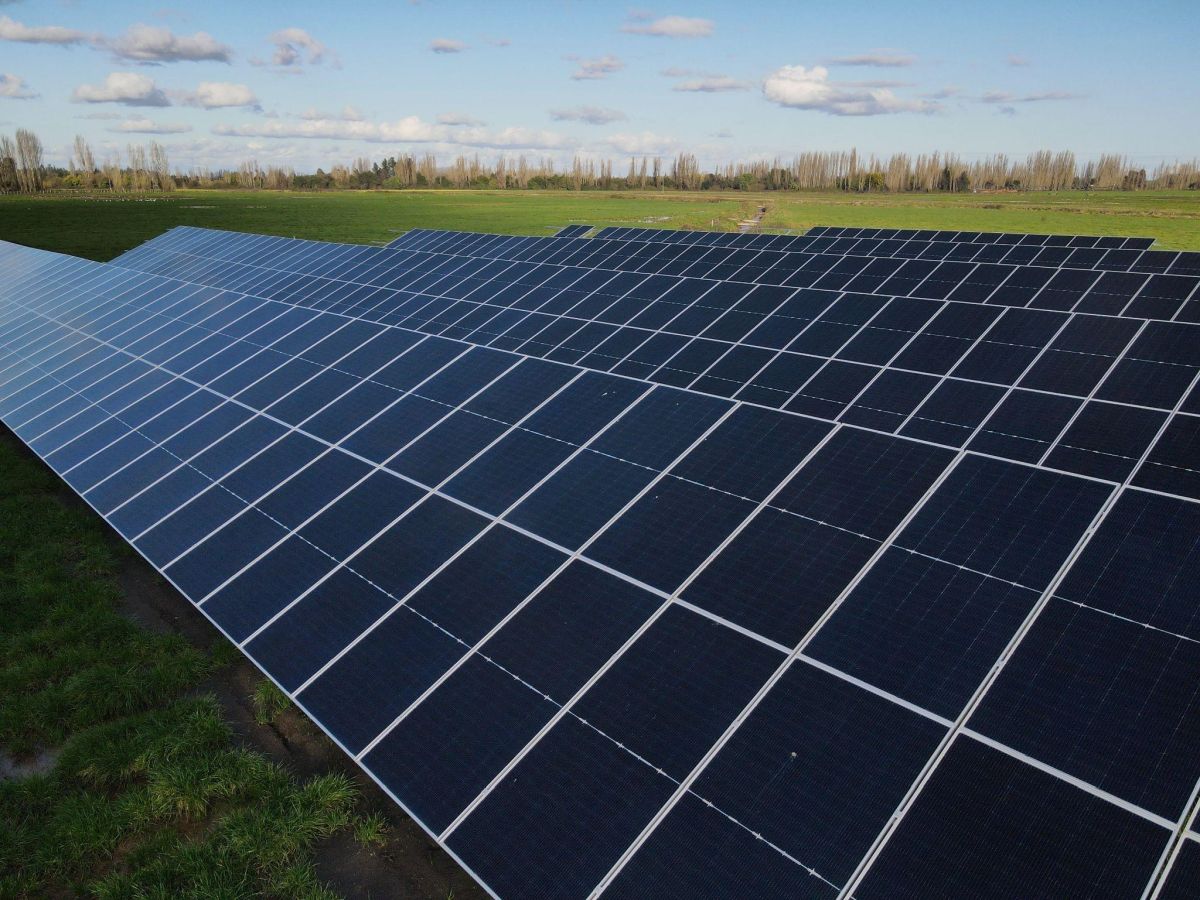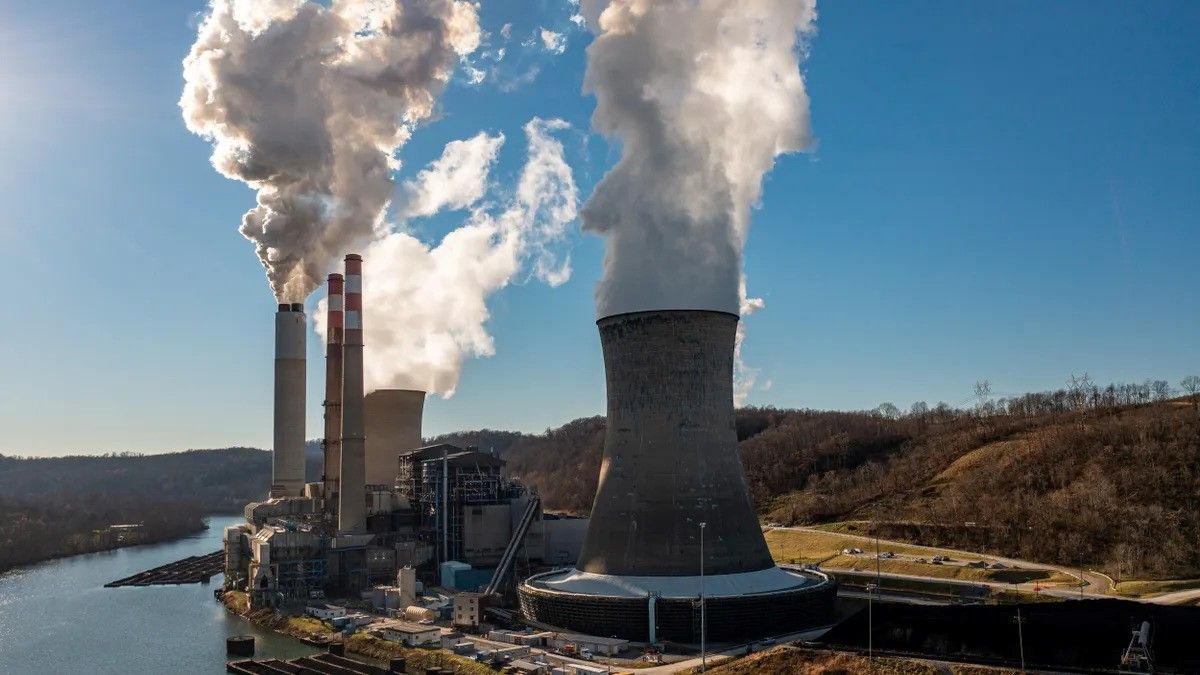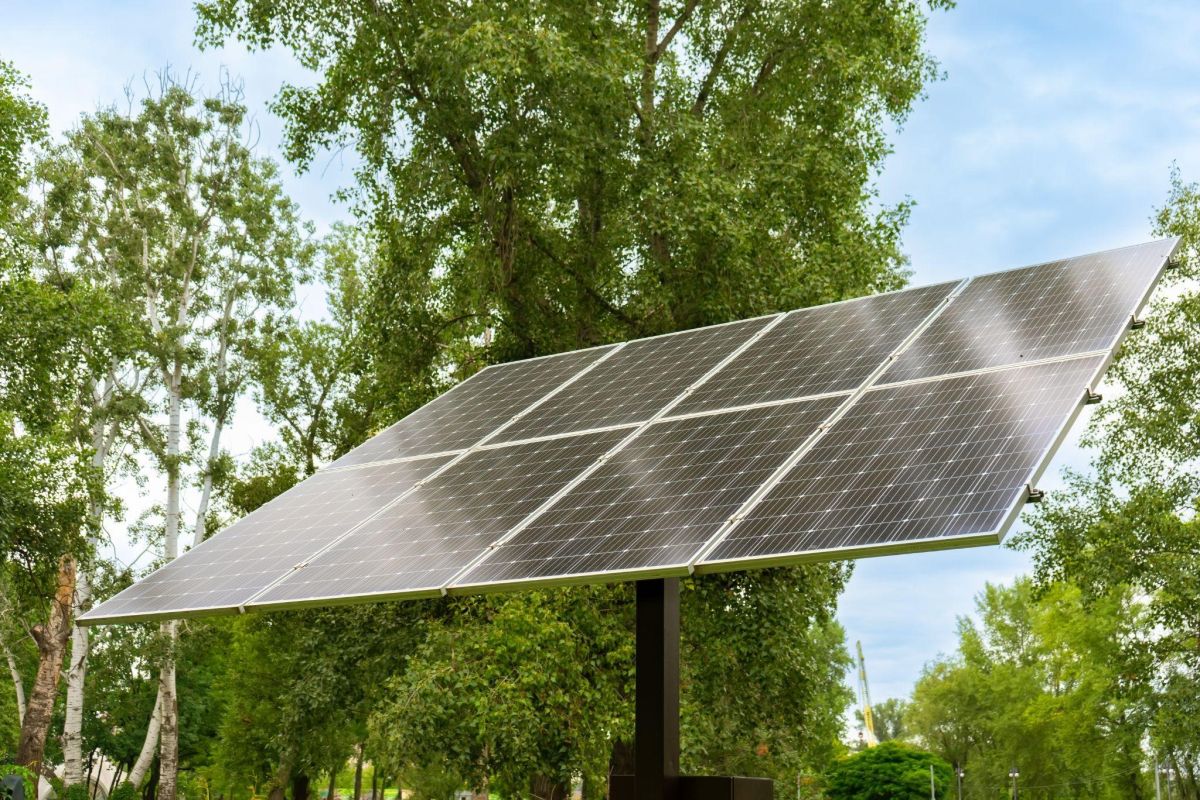WWW.HYDROREVIEW.COM
The Bureau of Reclamation has finalized its process to protect the short-term stability and sustainability of the Colorado River System by signing the Supplemental Environmental Impact Statement (SEIS) for Near-term Colorado River Operations Record of Decision.
The Department of the Interior released the final SEIS in March 2024.
Reclamation initiated the SEIS to protect Glen Canyon Dam and Hoover Dam operations, system integrity, and public health and safety. This supplemental guidance will be effective through 2026, at which point the existing 2007 Interim Guidelines and 2019 Drought Contingency Plans expire. This record of decision is a substantial milestone in the ongoing efforts to address water scarcity, the ongoing drought and climate change challenges in the Colorado River Basin, Reclamation said.
Reclamation’s action selected in this record of decision is the preferred alternative that the department identified in March 2024, which will yield at least 3 million acre-feet of system water conservation savings through the end of 2026, coinciding with expiration of the current guidelines, and provides additional tools to manage dry hydrology. Selection of the preferred alternative was made possible through Reclamation’s collaborative efforts – including those with the seven basin states, 30 basin Tribes, water managers, farmers and irrigators, municipalities, power contractors, non-governmental organizations, and other partners and stakeholders – and underpinned by historic water conservation enabled by President Biden’s Investing in America agenda.
Investing in America is integral to the efforts to increase near-term water conservation, build long-term system efficiency, and prevent the Colorado River System’s reservoirs from falling to critically low elevations that would threaten water deliveries and power production. Through the Bipartisan Infrastructure Law, Reclamation is investing another $8.3 billion over five years for water infrastructure projects, including water purification and reuse, water storage and conveyance, desalination and dam safety.
As described in the previously announced final SEIS, key information in today’s record of decision includes:
System Water Conservation: The preferred alternative will conserve at least 3 maf of system water through 2026. The results of the SEIS modeling indicate that the risk of reaching critical elevations at Lake Powell and Lake Mead has been reduced substantially.
Lake Powell Releases: The preferred alternative allows for reducing annual releases from Lake Powell to 6 maf if the reservoir is projected to fall below 3,500 feet over the subsequent 12 months. This adaptive approach ensures the long-term integrity of the system.
Complementary Measures: The preferred alternative builds upon the existing 2007 Interim Guidelines, incorporating additional strategies to mitigate shortages and contributions under the 2019 Drought Contingency Plans.
The short-term SEIS process is separate from the ongoing long-term efforts to protect the Colorado River Basin after current guidelines expire in 2026. The post-2026 process under way is working to develop new guidelines that will replace several reservoir and water management decisional documents and agreements that govern the operation of Colorado River facilities and management of the Colorado River that are scheduled to expire at the end of 2026.
Reclamation is a federal agency under Interior and is the largest wholesale water supplier and second largest producer of hydroelectric power in the U.S.









